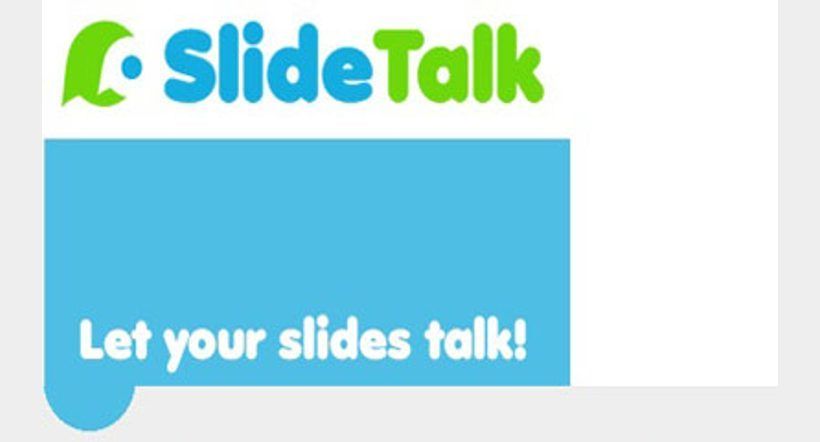Publishing PowerPoint Presentations Online - The Rapid Way
Sadly, only a very tiny percentage of this wealth of presentations is shared online. This is a missed opportunity. Access to this knowledge would benefit both the large online community and the authors as well, who would be able to expand the reach of their messages.
If we consider the author’s perspective, publishing presentations on the internet, whether openly to everyone or restricted to a specific audience, would provide several benefits, among which:
- Expansion of audience and possibility to reach new customers, students, prospect, geographic areas and so on.
- Development of personal trademark via the possibility to build collections of presentations with a world-wide audience.
- Discovery and establishment of new channels and new connections.
You might have peers, customer, students, prospects in places that you would never find. Let them instead found you, by finding your presentations. - 24/7 availability.
Think of the benefit of allowing your audience (colleagues, students, prospects, customers, …) to watch presentations at any time, for instance on iPads or smartphones while commuting, while sitting at their favorite coffee, while lying in bed and so on.
Despite all these benefits, one of the reasons why so few presentations are published online is because, frankly speaking, publishing presentations online may be a painful, time-consuming and expensive activity. Including selecting and using microphones, hiring studios and voiceover professionals, understanding video formats and so on. In other words a huge investment of time and money which is justified only for a small percentage of presentations projects that come with a budget, leaving the rest of the presentations unpublished or just uploaded on slideshare.net (or some other PowerPoint archive) even when the presentation itself doesn’t make much sense without the author’s comments.
There are however alternative solutions for publishing online presentations online in a meaningful way, even when time and budget to make a full production are not available. This is what we call publishing presentations the rapid way, meaning a way of publishing presentations that is aligned with your objectives, that has a level of quality which is completely acceptable, and that is quick, easy and efficient to manage.
One service matching the rapid way for publishing presentations online is the web-based SlideTalk service, offering possibility to import PowerPoint files (or any collection of slides for that matter) and relying on high quality text-to-speech, from Acapela Group, for the voiceover part. SlideTalk also hides away from the author all aspects and decisions linked to video creation and video publishing, by automatically creating the video and posting it on YouTube for you.
Regarding text-to-speech, often a controversial topic when used for voiceovers, as I discussed in an earlier post on this blog, one of its major benefits is that the author only needs to type a manus. The text-to-speech does all the rest. Another huge benefit of text–to-speech is that if the author needs, after some time, to update the presentation, all that is needed is to update the same manus, with no need for a whole new recording session, which is usually the case for recorded voiceover.
But what about the text-to-speech quality? Well, this is another heavily debated subject. TTS has improved enormously, and even if it still cannot provide the same level of quality and expressivity of a professional voiceover, it does provide a more than acceptable quality level, and the rapidity benefit, which is what is needed to break the barrier that today is preventing many wonderful and highly interesting presentations from being published online.
However, I suggest that you forget all that you have heard about the TTS quality (including my own opinion) and judge it for yourself. Here below is a video, created with SlideTalk, describing the SlideTalk concept and also demonstrating the efficiency of the service, and the quality of text-to-speech:
In the next SlideTalk video you will meet a selection of 15 different English speaking text-to-speech voices. This video also highlight another benefit of text-to-speech, when publishing online the rapid way, which is the possibility of choosing among several voices and characters, and the possibility to have several distinct characters within the same presentation:
The next and last SlideTalk video is a tutorial showing how you can rapidly and painlessly convert your presentation into a talking video by using the SlideTalk service:
There is a rapid way to share your presentations online as talking videos, visit www.slidetalk.net to get started.









